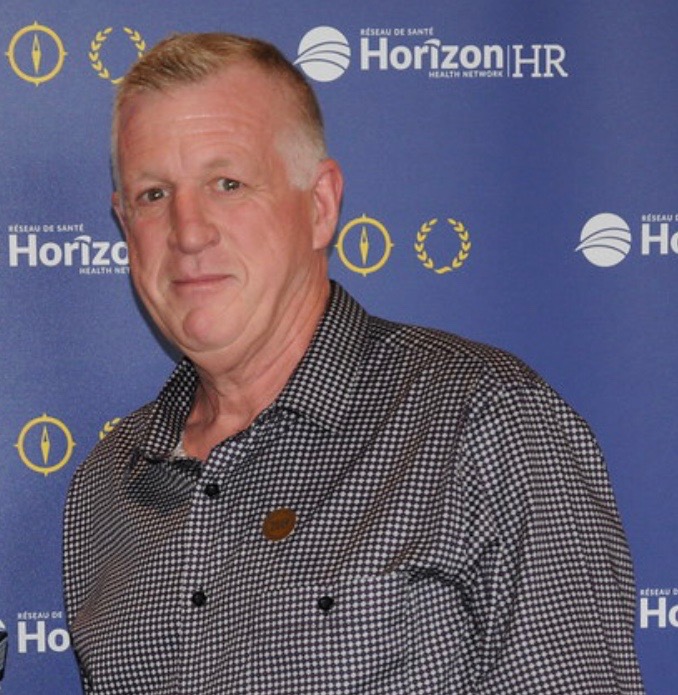 During my high school years, I loved the sciences and loved working with my hands. As most 18 year-olds, the question on what to do after graduation loomed overhead. All I knew was that I had no desire to go to university and was thinking of pursuing a career in long haul trucking. I recall my mom telling me about her friend who was a Medical Laboratory Technologist and that I should look into it. It sounded like a fancy title but I had no idea what it was or what they did. After some research and guidance and still unsure of what I was getting into, I completed an application, was eventually accepted into the New Brunswick School of Medical Laboratory Technology and graduated two years later.
During my high school years, I loved the sciences and loved working with my hands. As most 18 year-olds, the question on what to do after graduation loomed overhead. All I knew was that I had no desire to go to university and was thinking of pursuing a career in long haul trucking. I recall my mom telling me about her friend who was a Medical Laboratory Technologist and that I should look into it. It sounded like a fancy title but I had no idea what it was or what they did. After some research and guidance and still unsure of what I was getting into, I completed an application, was eventually accepted into the New Brunswick School of Medical Laboratory Technology and graduated two years later.
During my two years of schooling, I found Histology the most interesting of the disciplines. At that time I did not see it as the art it is, but as a challenge to create and stain the perfect section that would valuably assist in diagnosis. With that in mind and the mechanical equipment used, I knew I could enjoy this as a career.
Immediately after graduating and with the instructor’s recommendation, I began working in a hospital lab with four seasoned histologists. I soon realized Histology was an art and the challenge of making that microtome work with me to produce top quality sections was one I wanted to master. Having my colleagues mentoring and guidance, I learned to overcome the daily challenges and master the techniques involved in being a great Histology Technologist.
In 1982, we had a Tissuematon tissue processor (beaker crusher was common name), had manually operated Microtomes, sharpened our own knives, performed special stains in Coplin jars after making up our own solutions and stains, stained and cover slipped H&Es manually. Upon retiring in 2019, we had advanced to a safe and computerized tissue processor, cassette printer, automated microtomes with disposable knives, automated stainers and coverslippers, and Immunohistochemistry has become a specialty of its own which is somewhat transforming the Histology lab.
During my 37-year career there were a lot of advances and changes in the instrumentation used but the basics and goal, producing excellent stained tissue sections, has never changed. Once I was made aware of the NSH, I joined and took advantage of what they have to offer, these advances and changes were easier to manage. It was impressive how many others were out there willing to share knowledge to help each other become better.
My favorite thing about the NSH is the Annual Symposium Convention which offers so many educational opportunities, as well the exhibit hall where one can see, touch, and learn about the most up-to-date technology and instrumentation for Histology. Volunteering at this event is an awesome experience as well.
From knowing nothing about Histotechnology, to putting many many miles on that big (microtome) wheel, I am very thankful that it was my career choice and I definitely would do it all over again. The only thing I would do differently is join the NSH many years earlier.
Written by Jeffery Justason#2020#Blog#MemberStories